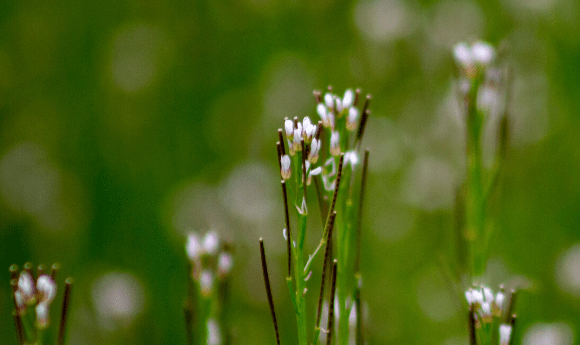Size matters: researchers reveal the force behind the plant kingdom’s largest erection

Researchers have shown that the pollen tube of male grain has no issues rising to the occasion. The sexual organ of male grain grows several thousand times its own length in its desire to reach the female egg.
Despite its tiny stature, the pollen tube of male Arabidopsis thaliana could have the largest erection of the plant kingdom – relative to starting size at least. Now, a study published in Nature Communications has put up an explanation for its enormous growth.
When the male pollen grain is transferred by wind or insects onto the female stigma, the pollen tube of the male grain has no performance anxiety, elongating through the female tissue to the gametophyte where it ejaculates its two sperm cells.
This elongation stems from the tip of the tube and is termed ‘tip growth’. The pollen tube is not a rigid structure and it is capable of flexible movement in its quest to reach the egg. Pollen tube growth can reach approximately 3 millimeters per day, ultimately extending several thousand times its original length.
The mechanism behind this huge feat has previously been poorly understood. Now, researchers at the University of Copenhagen (Denmark) have demonstrated that an electrical circuit – powered by aptly named ‘proton pumps’ – is responsible for this massive erection.
 Forget-me-not: scientists uncover how epigenetic memories are lost in plants
Forget-me-not: scientists uncover how epigenetic memories are lost in plants
Researchers demonstrate how epigenetic memories in plants are completely lost in plant sperm cells.
The team discovered that when the plants were engineered to lack certain aha genes, pollen tube defects were observed, causing a drastic reduction in fertility. The aha group of genes control the production of the proton pumps that generate the electrical voltage across the cell membrane that is needed for pollen tube elongation.
“In experiments, we were able to see that the ‘mutant pollen tubes’, in which we had switched off the genes, were dramatically delayed in their growth and had difficulty finding their way,” explained study lead Michael Broberg Palmgren.
While the research had its ups and downs, the team now wants to turn their attention to how these findings can be applied to humans. The growth of nerves is also driven by tip growth and is essential for recovery from nerve or brain injuries, meaning the knowledge gained from this study could have implications for future work on the human nervous system.